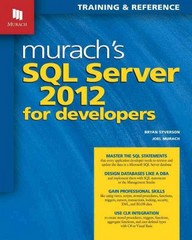Answered step by step
Verified Expert Solution
Question
1 Approved Answer
Need help with two pieces of code and for the implementations use the same method signatures not changing the header, them being isBST2(t), and equalBSTs(t1,t2).
Need help with two pieces of code and for the implementations use the same method signatures not changing the header, them being "isBST2(t)", and "equalBSTs(t1,t2)". The class bst.py is just a helper class showing which methods are available for use. And the last part are test cases with expected outputs. The code that I need I need help with are labeled Q3 Q4

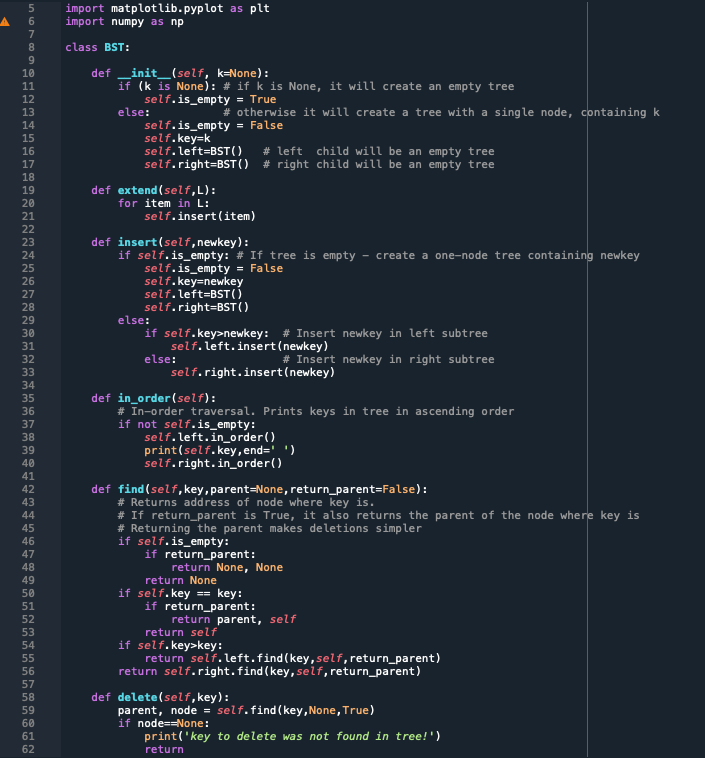
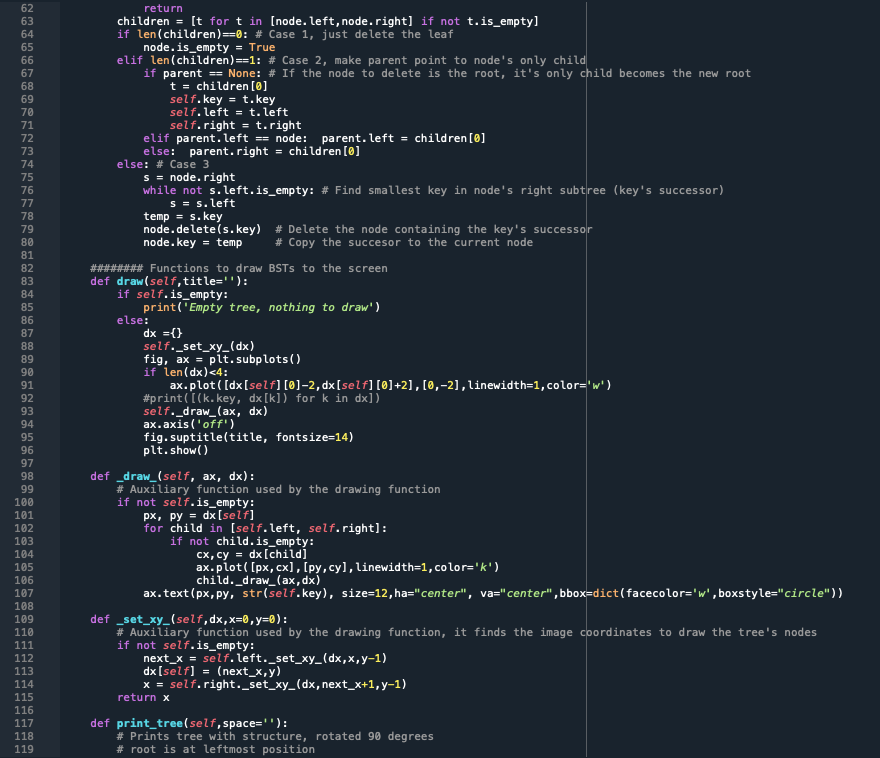
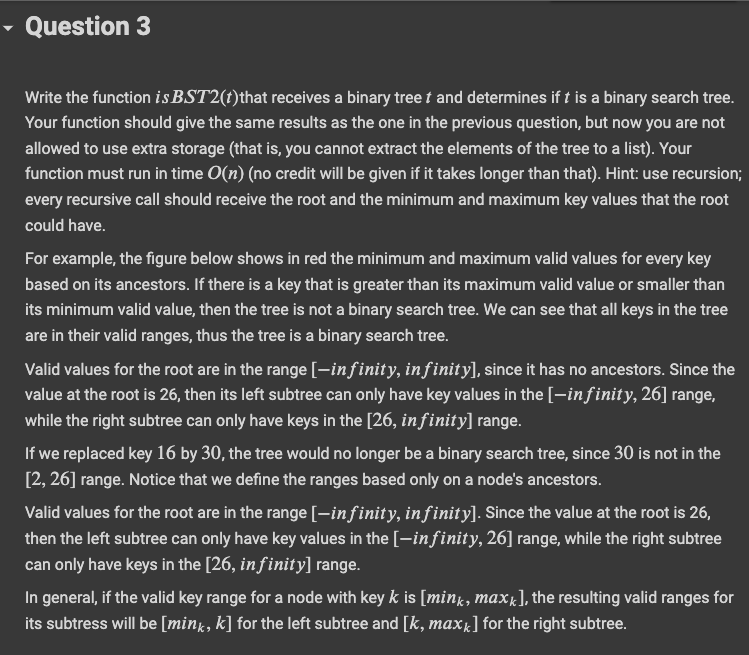
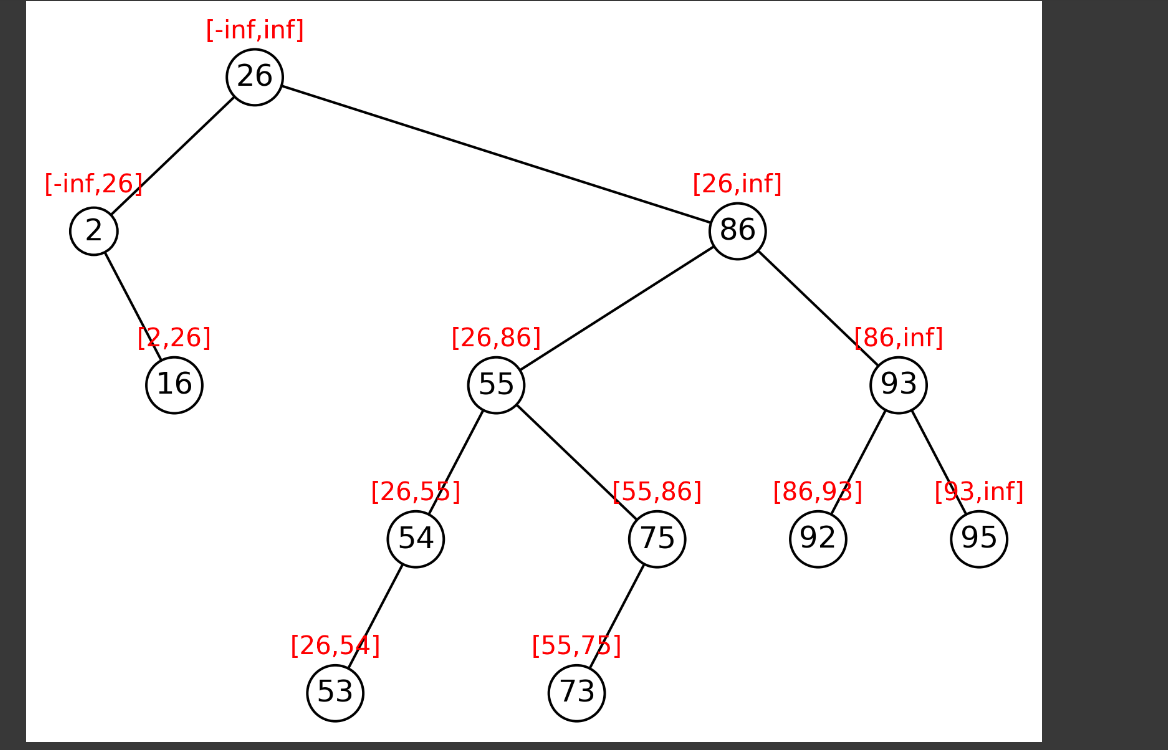
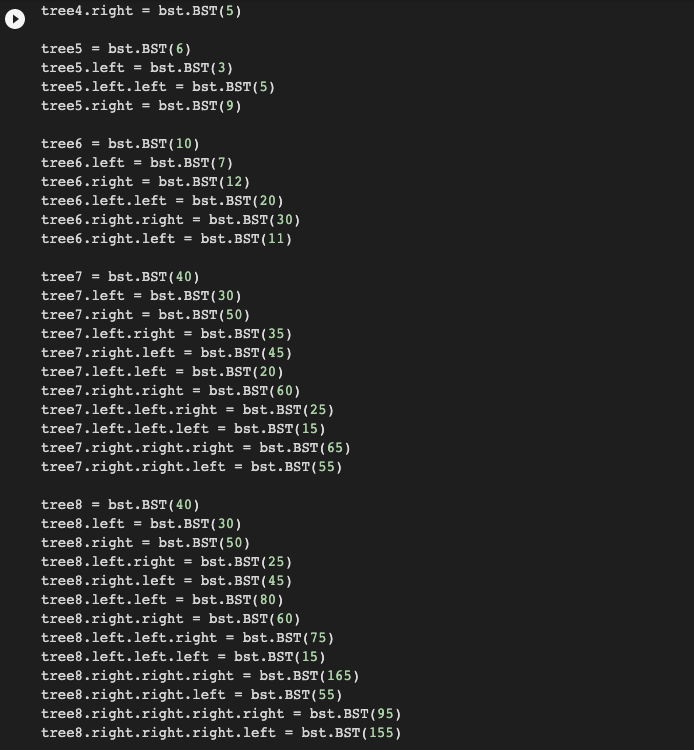
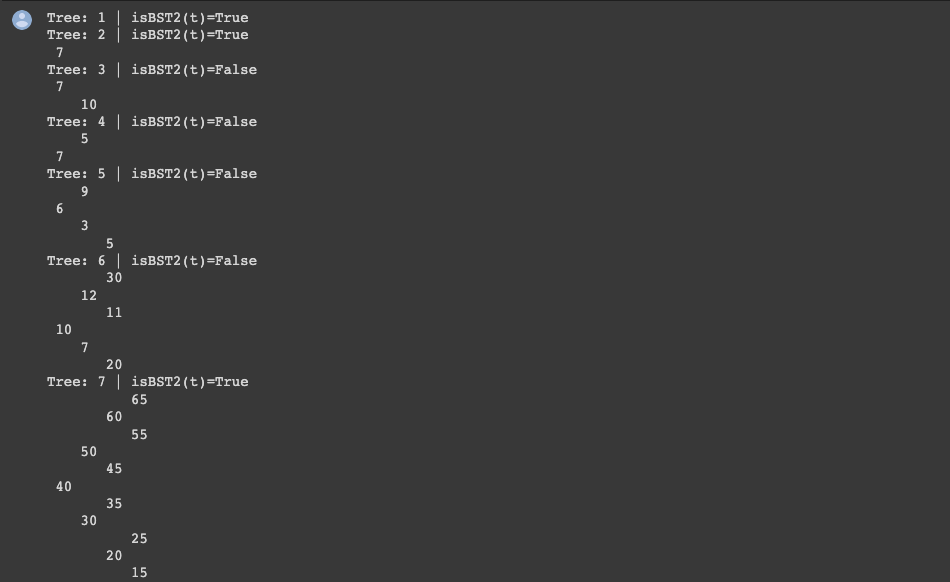

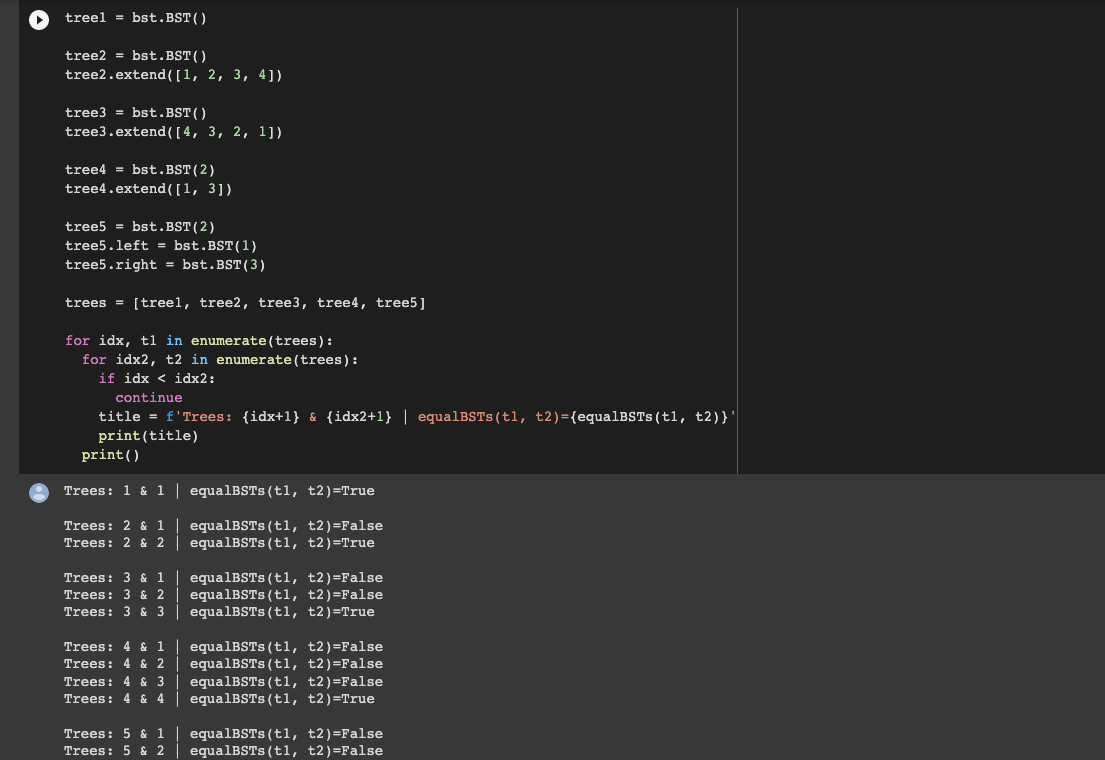
Step by Step Solution
There are 3 Steps involved in it
Step: 1

Get Instant Access to Expert-Tailored Solutions
See step-by-step solutions with expert insights and AI powered tools for academic success
Step: 2

Step: 3

Ace Your Homework with AI
Get the answers you need in no time with our AI-driven, step-by-step assistance
Get Started


